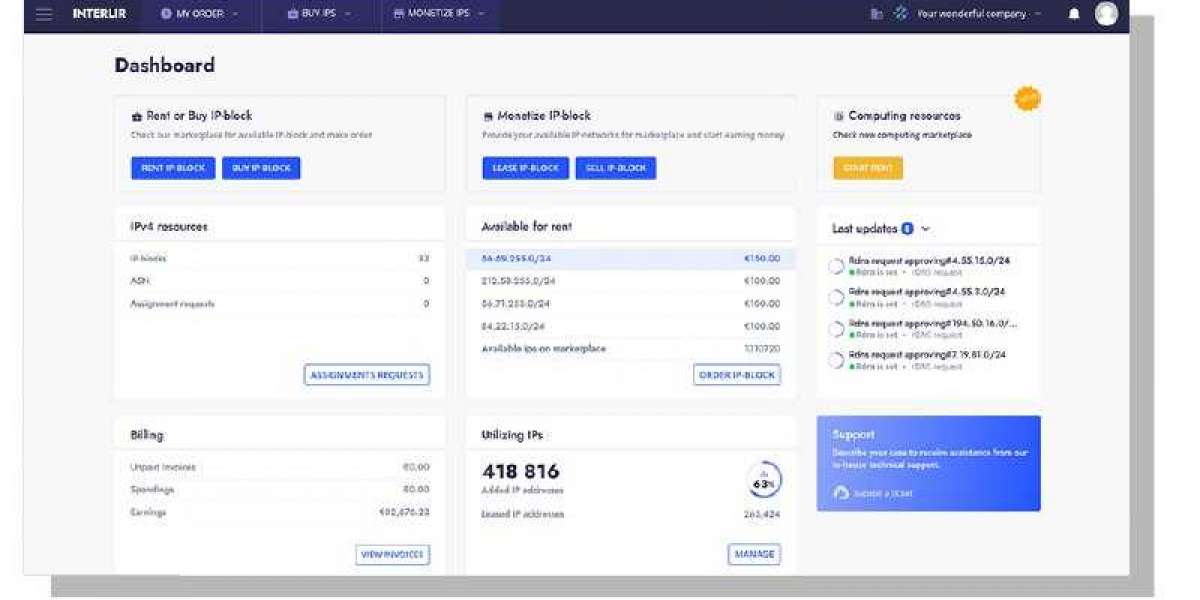In today’s fast-paced digital era, individuals and businesses generate massive amounts of data every day. Whether it’s high-resolution videos, complex design files, software builds, or multimedia presentations, the need to transfer large files online has become a daily necessity. Gone are the days when physical media like DVDs, USB drives, or external hard drives were the primary means of sharing information. Now, cloud-based services, file transfer platforms, and enterprise-grade solutions have revolutionized how we move big files quickly, securely, and efficiently.
The process of transfer large files online is no longer limited to IT experts. Everyday users, freelancers, small businesses, and global corporations all rely on digital solutions to send and receive oversized files. Traditional email platforms often restrict attachments to 25 MB or less, making them unsuitable for modern requirements. This limitation has led to the rise of dedicated online file transfer services designed to handle massive amounts of data while ensuring reliability and security.
One of the most popular ways to transfer large files online is through cloud storage platforms. Services like Google Drive, Dropbox, and Microsoft OneDrive allow users to upload files to secure servers and share them with others via links. This eliminates the need for direct attachments and ensures that files of several gigabytes can be easily shared with collaborators across the world. Cloud platforms also provide collaboration features, such as real-time editing and version control, making them an excellent choice for teams working remotely.
For users who require quick and straightforward solutions, dedicated file transfer services such as WeTransfer, Smash, and Filemail offer an easy way to transfer large files online without setting up complex systems. These platforms are particularly useful for creative professionals like photographers, videographers, and designers who need to send projects quickly to clients. Many of these services allow free transfers of a few gigabytes, while premium plans enable unlimited file sizes, password protection, custom branding, and extended storage durations.
In corporate environments, FTP (File Transfer Protocol) and its secure counterpart SFTP (Secure File Transfer Protocol) remain powerful tools for managing file exchanges. While they may appear outdated compared to sleek modern apps, they are highly reliable for businesses that need to transfer large files online consistently. SFTP adds encryption and authentication, making it a safer option for sensitive information such as financial data, legal documents, or medical records. For companies that prioritize security and compliance, these traditional methods remain relevant.
Peer-to-peer technology is another solution for transfer large files online. Tools like Resilio Sync leverage peer-to-peer protocols to send files directly between devices without relying on external servers. This method offers high speeds, particularly when both parties are connected to the same network. Since files do not pass through third-party systems, businesses also retain greater control over their data. This is a significant advantage for organizations handling proprietary or confidential information.
Mobility is now a critical aspect of transfer large files online. With the increasing reliance on smartphones and tablets, many file-sharing platforms provide mobile apps that enable users to upload, share, and access files on the go. A field journalist, for instance, can instantly upload high-definition footage from a mobile device to an editing team, or a construction manager can share site images with architects in real time. Mobile-friendly file transfer solutions ensure productivity remains uninterrupted regardless of location.
Security is a central concern when you transfer large files online. Cyber threats, data breaches, and unauthorized access are constant risks. Modern file transfer platforms address these concerns through end-to-end encryption, password-protected links, expiration dates, and advanced authentication systems. Compliance with data protection regulations such as GDPR or HIPAA further ensures that sensitive data is safeguarded. For industries such as healthcare, finance, and law, secure file transfer is not optional—it is mandatory.
For enterprises handling vast datasets, scalability is essential. Specialized solutions such as IBM Aspera and Signiant offer accelerated file transfer technologies capable of moving terabytes of data across long distances in minutes. These platforms are widely used in industries like media production, where entire movies or TV episodes must be sent digitally to post-production houses or distributors worldwide. By optimizing bandwidth and using advanced transfer protocols, they ensure speed and reliability even under demanding conditions.
Collaboration is another reason why businesses depend on tools that transfer large files online. Modern platforms integrate communication and teamwork features alongside file transfers. Instead of simply sending a file, collaborators can comment, edit, and track changes in real time. This reduces errors, prevents duplication, and ensures that everyone is working with the latest version of a file. For global teams, this functionality is invaluable in keeping projects on track.
The future of transfer large files online will be shaped by innovation. Artificial intelligence is already being applied to optimize transfer speeds, detect suspicious activity, and improve file management. Blockchain technology promises decentralized and tamper-proof file sharing, offering unparalleled transparency and security. Drones and edge computing could also play roles in transferring files directly from remote locations to centralized servers. These developments will make file transfers faster, smarter, and more secure than ever before.
Sustainability is another trend influencing the way we transfer large files online. In the past, companies shipped physical drives across borders to exchange large datasets, consuming time, money, and energy. Online transfers eliminate the need for physical transport, significantly reducing the carbon footprint of data exchange. Furthermore, many cloud providers are investing in renewable energy to power their data centers, aligning file transfer solutions with global sustainability goals.
Ultimately, the ability to transfer large files online is more than just a convenience—it is a critical enabler of modern workflows. Whether you are a student submitting a multimedia project, a freelancer delivering creative work, or a multinational corporation handling sensitive data, the right file transfer solution ensures your files move securely, quickly, and reliably. By choosing platforms that match specific needs—be it affordability, speed, collaboration, or compliance—users can stay ahead in an increasingly digital world.
In conclusion, the demand to transfer large files online will only grow as digital content becomes larger and more complex. From cloud services and file transfer platforms to enterprise-grade solutions, users today have access to a wide range of options tailored to different requirements. By focusing on security, efficiency, and innovation, businesses and individuals can ensure their file transfers are seamless and effective. Strong practices for transfer large files online not only save time and money but also enhance collaboration, trust, and long-term success in the global digital economy.






